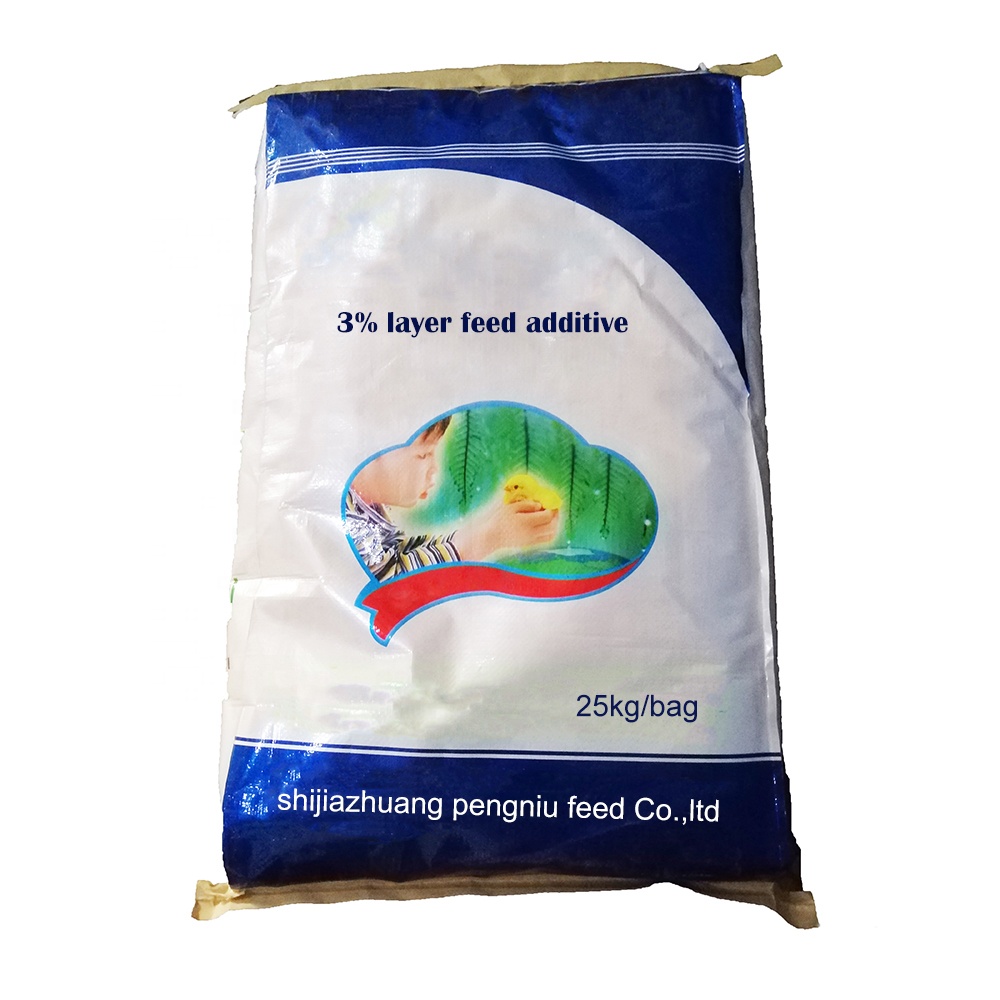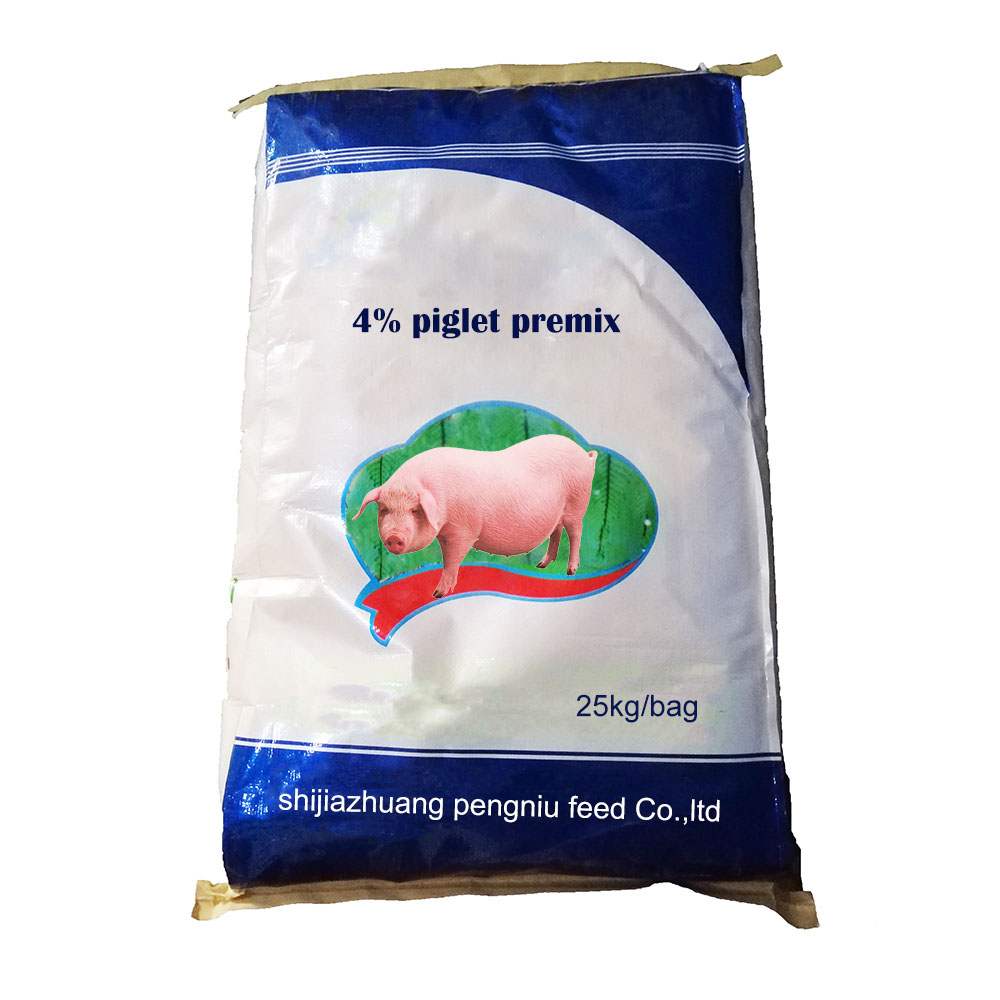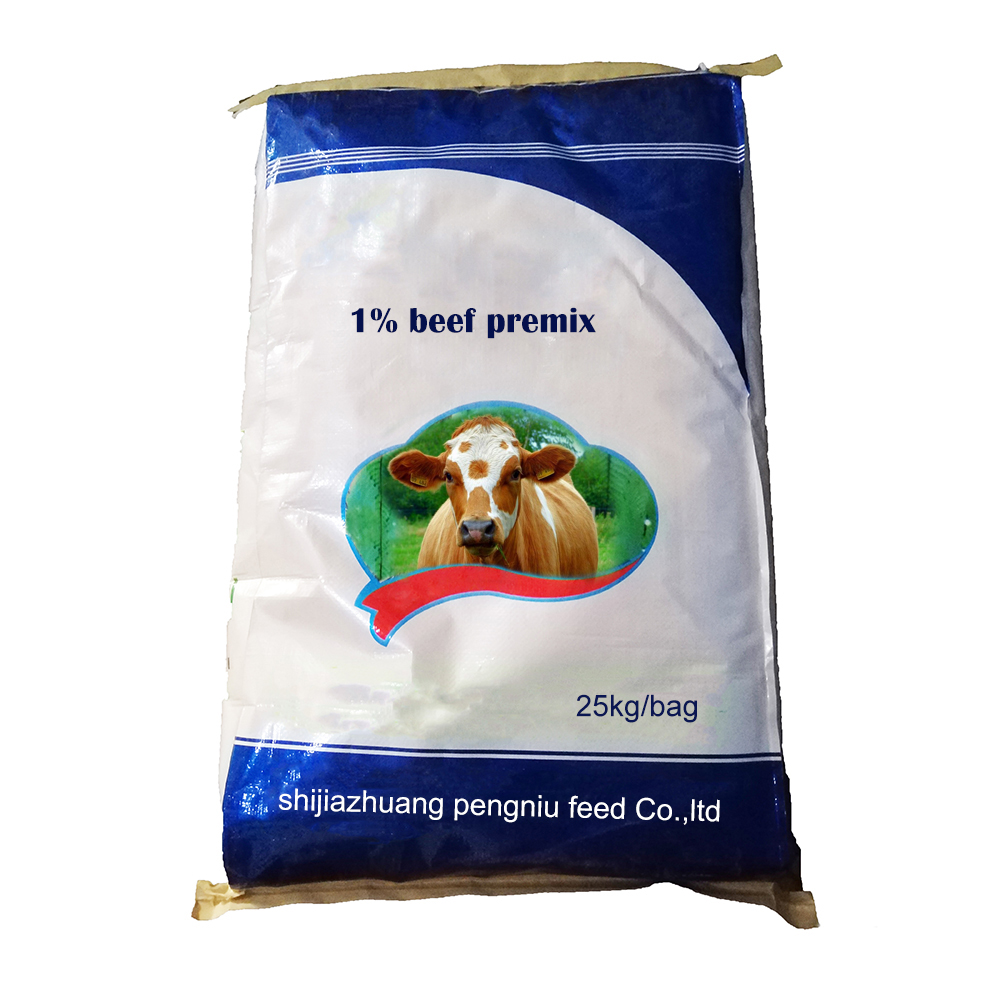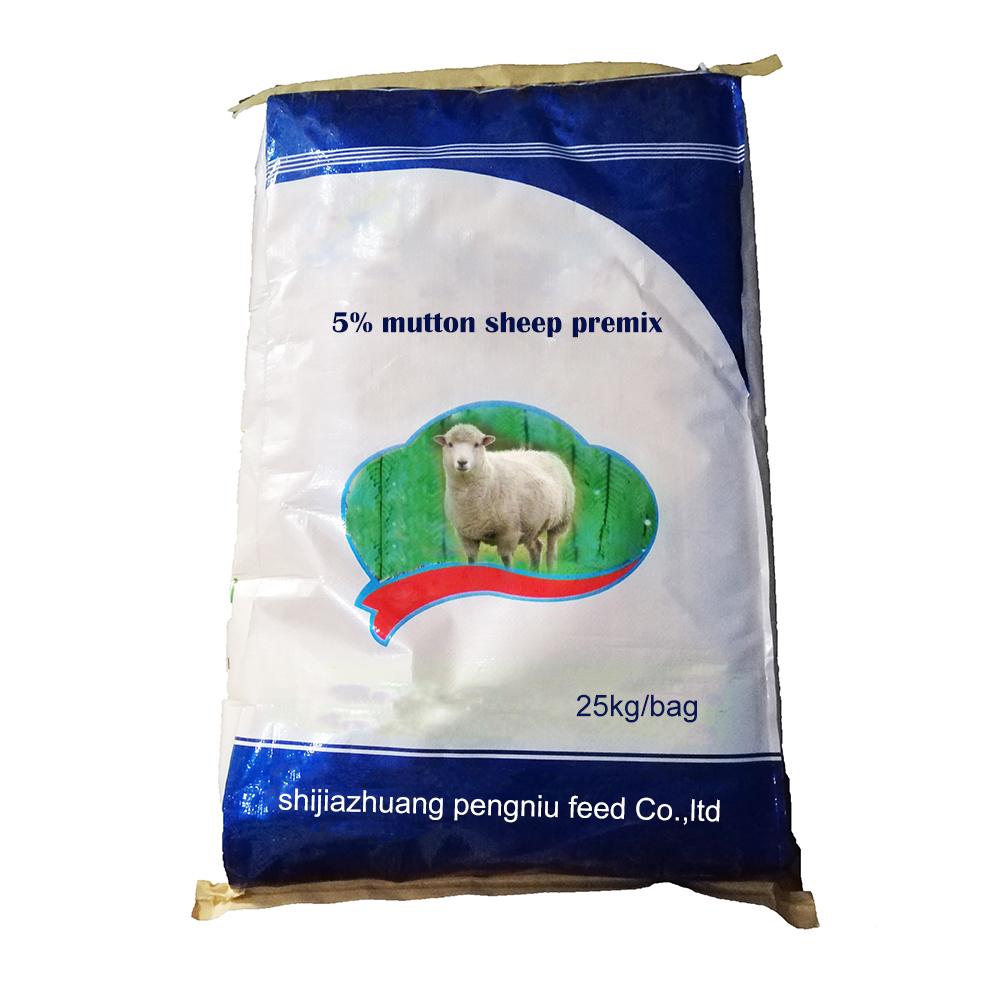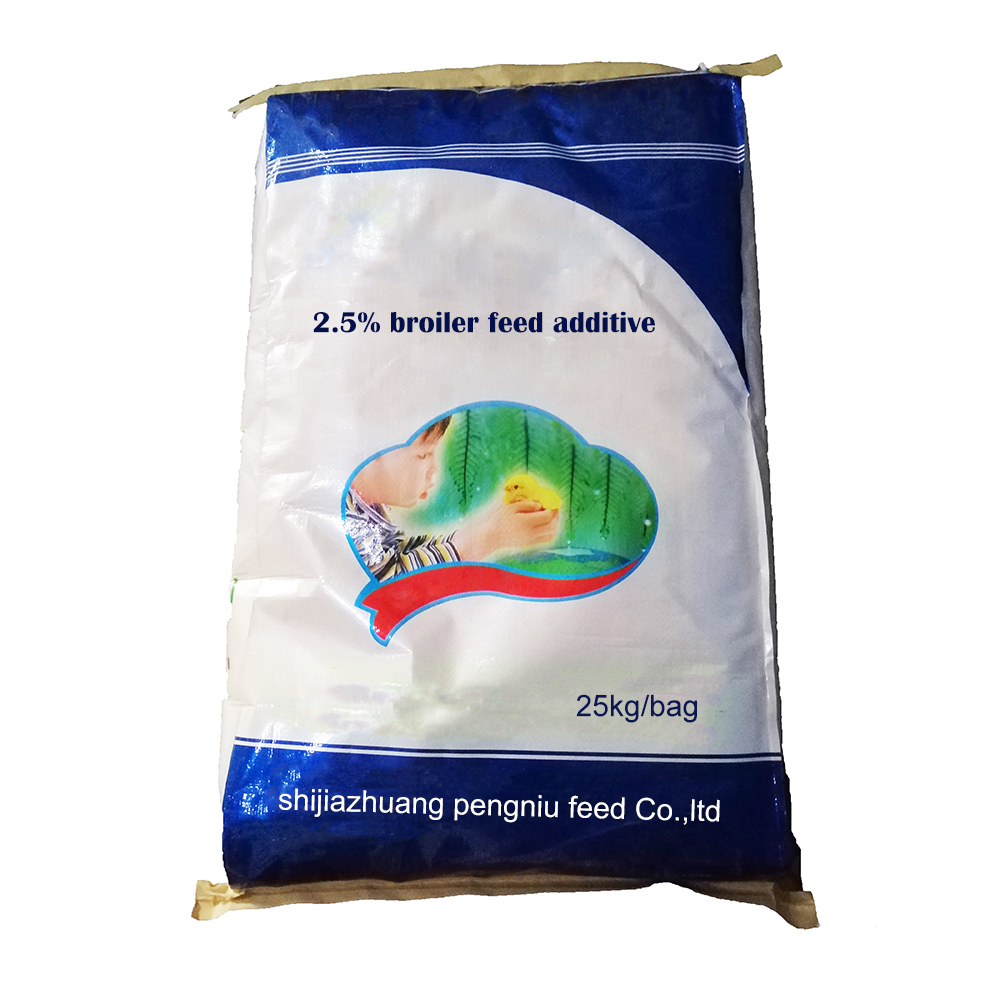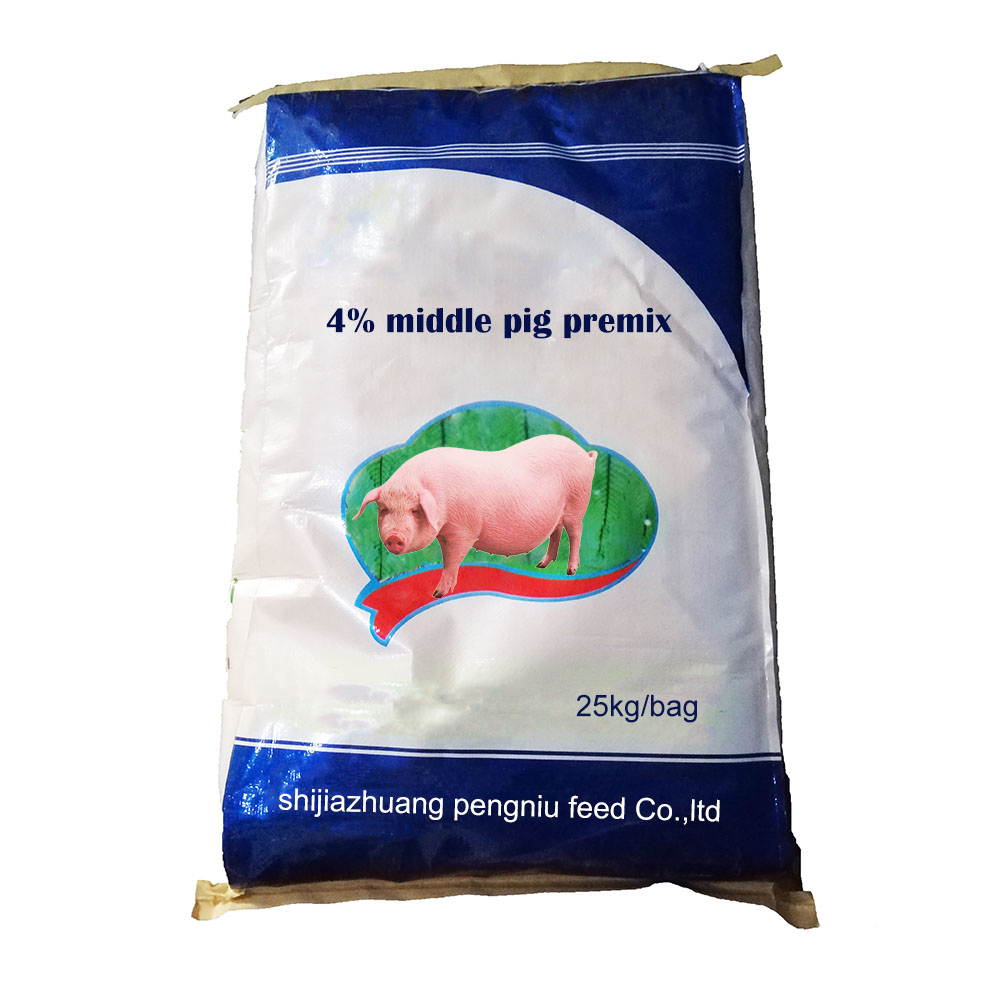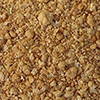The Evolving Landscape of chinese herbal medicines in Modern Applications
The global market for chinese herbal medicines is experiencing significant growth, driven by increasing demand for natural, sustainable, and effective health solutions across various industries. From human pharmaceuticals to animal health and nutraceuticals, the profound efficacy and fewer side effects associated with these natural compounds are gaining widespread recognition. This expansion is further fueled by advancements in extraction technologies and rigorous quality control measures, transforming traditional remedies into standardized, scientifically validated products. Companies are increasingly investing in research and development to identify and isolate specific bioactive compounds, ensuring consistent potency and predictable outcomes. This strategic shift addresses contemporary challenges such as antibiotic resistance in livestock and the consumer preference for cleaner label products, positioning chinese herbal medicines as pivotal components in integrated health management systems. The integration of modern analytical techniques with ancient wisdom creates a powerful synergy, enhancing product safety and efficacy, which is critical for B2B stakeholders seeking reliable and innovative solutions.
Recent market analysis indicates that the global market for herbal medicine is projected to reach approximately USD 129.6 billion by 2028, growing at a CAGR of 6.2% from 2023. This growth is significantly propelled by the increasing adoption of traditional chinese medicine (TCM) principles in veterinary science and livestock management, particularly in addressing complex issues like parasitic infections where conventional treatments face resistance. The focus has shifted from raw herb materials to concentrated extracts and isolated compounds, offering higher bioavailability and more targeted therapeutic effects. This trend is particularly evident in the animal health sector, where solutions derived from chinese medicinal plants are becoming indispensable for maintaining animal welfare and improving productivity without contributing to drug residues in the food chain.
Advanced Manufacturing and Quality Assurance for chinese herbal medicines
The production of high-quality chinese herbal medicines involves a sophisticated multi-stage process designed to preserve the integrity of active compounds while ensuring purity and potency. This journey typically begins with the meticulous selection of raw botanical materials, sourced from certified farms that adhere to strict cultivation guidelines to minimize contaminants. Post-harvest, materials undergo initial cleaning and quality assessment, followed by specific processing steps such as drying and cutting to prepare them for extraction. The primary manufacturing process often involves various extraction methods tailored to the specific bioactive compounds. Common techniques include aqueous extraction for water-soluble compounds like polysaccharides and saponins, alcohol extraction for flavonoids and alkaloids, and advanced methods like supercritical CO2 extraction for volatile oils and lipophilic substances. Each method is chosen based on the desired end product and the chemical nature of the target compounds.
Following extraction, the crude extract undergoes a series of purification and concentration steps, which may include filtration, membrane separation, and vacuum concentration. This refines the extract by removing unwanted impurities and concentrating the active constituents. Subsequent steps involve drying processes like spray drying or vacuum drying to convert liquid extracts into stable powders or granules, significantly extending their shelf life. Throughout this entire workflow, stringent quality control measures are implemented. This includes in-process testing at each stage for parameters such as pH, density, total solids, and microbial load. Final product inspection adheres to international standards such as ISO 22000 (Food Safety Management), GMP (Good Manufacturing Practices), and in certain applications, specific pharmacopoeia standards like the Chinese Pharmacopoeia or even elements of FDA guidelines for ingredients. These protocols ensure consistent product quality, predictable efficacy, and compliance with global regulatory requirements, offering unparalleled reliability for B2B procurement of chinese medicinal ingredients.
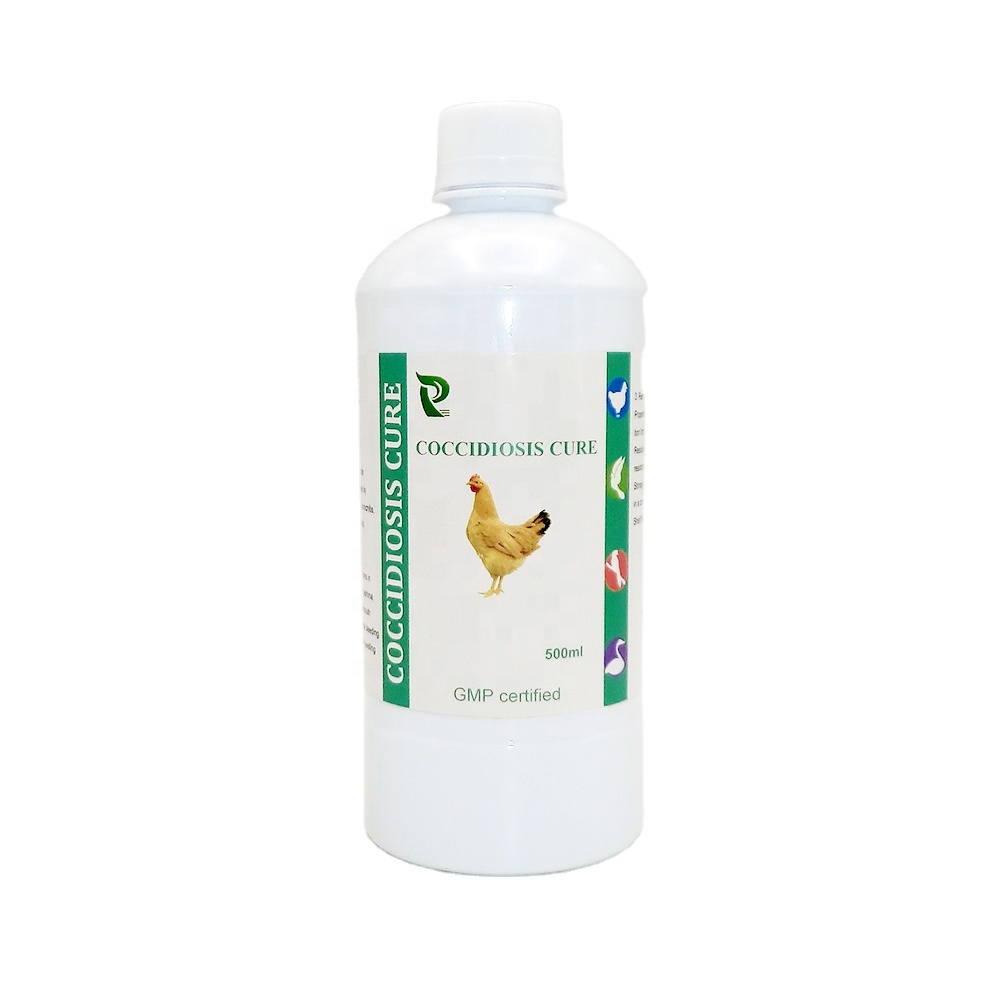
Figure 1: Typical processing steps for Chinese Herbal Extracts, emphasizing purity and efficacy.
The service life of a chinese herbal medicines product, when properly stored, typically ranges from 2 to 3 years, depending on its specific formulation and packaging. This stability is ensured through careful drying processes and protective packaging that prevents oxidation and moisture absorption. Such robust manufacturing and quality control protocols are essential for providing partners with reliable, long-lasting ingredients that maintain their therapeutic efficacy over time, reducing waste and ensuring consistent performance in downstream applications.
Key Technical Parameters and Quality Benchmarks for chinese herbal medicines
To ensure the therapeutic efficacy and safety of chinese herbal medicines, stringent technical parameters and quality benchmarks are applied during sourcing, processing, and final product formulation. These parameters go beyond basic purity to quantify specific active compounds and ensure consistency from batch to batch. For instance, in a product like Poultry Coccidiosis Cure, the presence and concentration of specific anti-parasitic compounds derived from the herbs are paramount. Understanding these technical specifications is crucial for B2B buyers to make informed decisions and integrate these natural solutions effectively into their product lines.
| Parameter | Description | Typical Range / Standard | Testing Method |
|---|---|---|---|
| Active Compound Content | Standardized concentration of key bioactive compounds (e.g., alkaloids, flavonoids, saponins) responsible for therapeutic effects. | 1-20% (depending on extract type) | HPLC, UV-Vis Spectrophotometry |
| Moisture Content | Percentage of water in the extract, critical for stability and shelf life. | < 5.0% | Karl Fischer Titration, Loss on Drying |
| Heavy Metal Limits | Maximum allowable levels of lead, cadmium, arsenic, and mercury. | Pb < 3 ppm, Cd < 1 ppm, As < 2 ppm, Hg < 0.1 ppm | ICP-MS |
| Microbial Load | Total bacterial count, yeast & mold count, absence of specific pathogens (e.g., E. coli, Salmonella). | Total Plate Count < 10^5 CFU/g, Yeast & Mold < 10^3 CFU/g, Pathogen free | USP & EP Microbiological Tests |
| Pesticide Residues | Conformity to regulatory limits for various pesticide compounds. | Below MRLs (Maximum Residue Limits) as per EU/US standards | GC-MS/MS, LC-MS/MS |
| Particle Size (for powders) | Distribution of particle sizes, affecting solubility and formulation ease. | Typically 80-120 mesh | Laser Diffraction, Sieve Analysis |
Adherence to these technical specifications and validated testing methods ensures that products derived from chinese herbal medicines meet the highest standards for safety, purity, and efficacy. Such rigorous quality control is a cornerstone of trust for B2B partners, guaranteeing that the ingredients they receive are suitable for diverse applications, from feed additives to advanced pharmaceutical formulations.
Diverse Application Scenarios and Technical Advantages of Traditional Chinese Medicine Extracts
The versatility of chinese herbal medicines extends across numerous industrial sectors, offering sustainable and effective solutions where conventional approaches may fall short or lead to undesirable side effects. A prominent application is in the animal health industry, particularly for products like Poultry Coccidiosis Cure, where natural compounds provide a potent and safe alternative to synthetic anti-parasitics. Beyond this, chinese medicinal extracts are gaining traction in human pharmaceuticals, nutraceuticals, food and beverage, and even cosmetic industries. For instance, in nutraceuticals, they are incorporated into dietary supplements for immune support, digestive health, and cognitive enhancement. In the food sector, they serve as functional ingredients, providing antioxidant or anti-inflammatory properties to value-added products.
The technical advantages of incorporating chinese herbal medicines are manifold. Firstly, their natural origin often translates to a better safety profile and fewer adverse reactions compared to synthetic compounds. Many herbal extracts exhibit synergistic effects, where multiple compounds within the extract work together to enhance efficacy, often surpassing the benefits of isolated synthetic compounds. For example, the complex matrix of active ingredients in a traditional chinese medicine formulation can simultaneously target multiple pathological pathways, leading to more comprehensive and holistic therapeutic outcomes. Secondly, these natural solutions contribute to sustainability goals by reducing reliance on chemical synthesis and promoting biodiversity. Lastly, their ability to address emerging challenges like antimicrobial resistance in livestock farming makes them strategically important. Products like Poultry Coccidiosis Cure exemplify this, providing effective parasite control without contributing to drug resistance, thereby ensuring food safety and animal welfare.
In summary, the application of chinese herbal medicines offers distinct advantages in terms of safety, efficacy, and environmental responsibility. Their complex biochemical profiles enable multi-target therapeutic actions, which are particularly beneficial for chronic conditions or when dealing with resistant pathogens. The increasing scientific validation and standardization of these extracts further reinforce their position as a superior choice for advanced industrial applications.
Customization and Real-World Impact: Case Studies of chinese herbal medicines
Recognizing that each client's needs are unique, leading manufacturers of chinese herbal medicines offer extensive customization solutions. This includes developing proprietary blends, adjusting active compound concentrations, or formulating products in specific delivery forms (e.g., water-soluble powders, encapsulated ingredients) to seamlessly integrate into existing production lines. For instance, a veterinary pharmaceutical company might require a specific concentration of herbal extracts for an oral solution for poultry, while a nutraceutical firm might need a finer powder for encapsulation. These tailored solutions ensure optimal performance and cost-effectiveness, maximizing the therapeutic potential of the raw materials. The process typically involves detailed consultation, pilot testing, and subsequent scale-up, all under strict quality assurance protocols.
Application Case Study: Poultry Health Enhancement
A major poultry farm faced significant economic losses due to persistent coccidiosis outbreaks and increasing resistance to conventional ionophore antibiotics. Collaborating with a specialized manufacturer, they implemented a feed additive based on highly standardized chinese herbal medicines, specifically formulated as Poultry Coccidiosis Cure. Within three months, the farm reported a 45% reduction in mortality rates attributed to coccidiosis, and a 20% improvement in feed conversion ratio (FCR), indicating healthier growth and better nutrient absorption. This success was validated through regular fecal egg counts and post-mortem examinations, which showed significantly reduced lesion scores. This case demonstrates the practical efficacy and economic benefits of integrating advanced chinese medicinal solutions into modern livestock management.
Application Case Study: Natural Antioxidant in Functional Foods
A leading functional food producer aimed to develop a natural antioxidant beverage. They partnered with a supplier of traditional chinese medicine extracts to source a highly concentrated botanical blend rich in polyphenols and flavonoids. Through custom formulation, the extract was integrated into the beverage, significantly boosting its ORAC (Oxygen Radical Absorbance Capacity) value while maintaining sensory attributes. Consumer trials indicated high acceptance and perceived health benefits. This collaboration highlights how specialized chinese herbal medicines extracts can elevate product value and meet evolving consumer demands for natural, health-promoting ingredients.
Establishing Trust and Reliability in Sourcing chinese herbal medicines
For B2B buyers, establishing trust with suppliers of chinese herbal medicines is paramount. This involves not only product quality but also transparent processes, reliable logistics, and comprehensive support. Reputable manufacturers demonstrate their credibility through adherence to international certifications, years of industry experience, and robust customer service frameworks. Key indicators of authoritativeness include GMP (Good Manufacturing Practices) certification, ISO 9001 (Quality Management System), and specific product registrations with health authorities like the FDA (for applicable ingredients). Regular third-party testing and publicly available Certificates of Analysis further solidify trust by verifying purity and potency independently.
FAQ: Common Inquiries about chinese herbal medicines
- Q: Are your chinese herbal medicines sustainably sourced?
A: Yes, we prioritize sustainable sourcing from certified farms, ensuring environmental responsibility and consistency in raw material quality. - Q: What is the typical lead time for large orders?
A: Our standard delivery cycle for bulk orders is typically 4-6 weeks, subject to product customization and quantity. Express options are available upon request. - Q: Do you provide comprehensive technical data sheets and safety documentation?
A: Absolutely. Each product is accompanied by a detailed Technical Data Sheet (TDS), Certificate of Analysis (CoA), and Material Safety Data Sheet (MSDS) to ensure full transparency and compliance. - Q: What is your quality guarantee and return policy?
A: We offer a 12-month quality guarantee from the date of manufacture. In the rare event of a quality discrepancy, we provide a full investigation and replacement or refund in accordance with our terms and conditions.
Beyond product quality and certification, robust customer support is a hallmark of a trustworthy supplier. This includes dedicated account managers, technical assistance for formulation challenges, and post-sales support. For specialized products like Poultry Coccidiosis Cure, expert guidance on dosage, application methods, and integration into existing feed programs is crucial. This holistic approach ensures that B2B partners not only receive premium ingredients but also benefit from comprehensive service and support throughout their product development and market launch phases.
Authoritative References
- World Health Organization (WHO). Traditional Medicine Strategy 2014-2023.
- European Medicines Agency (EMA). Herbal Medicinal Products.
- Pharmacopoeia of the People's Republic of China (ChP).
- Food and Agriculture Organization of the United Nations (FAO). Global trends in livestock production and health.
- ResearchGate. Scientific studies on traditional Chinese medicine in veterinary applications.
Post time: August 14, 2025

